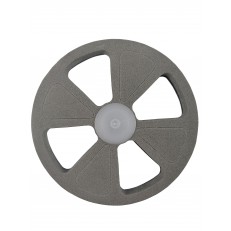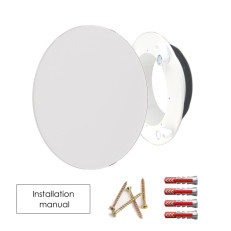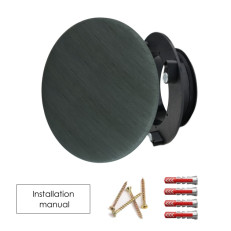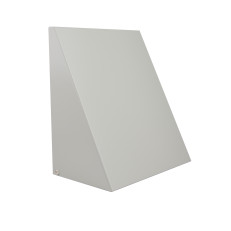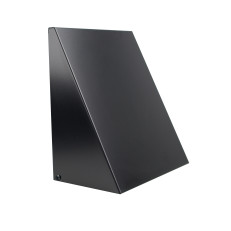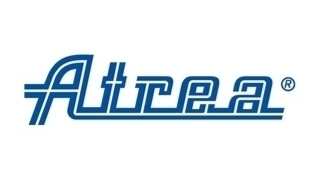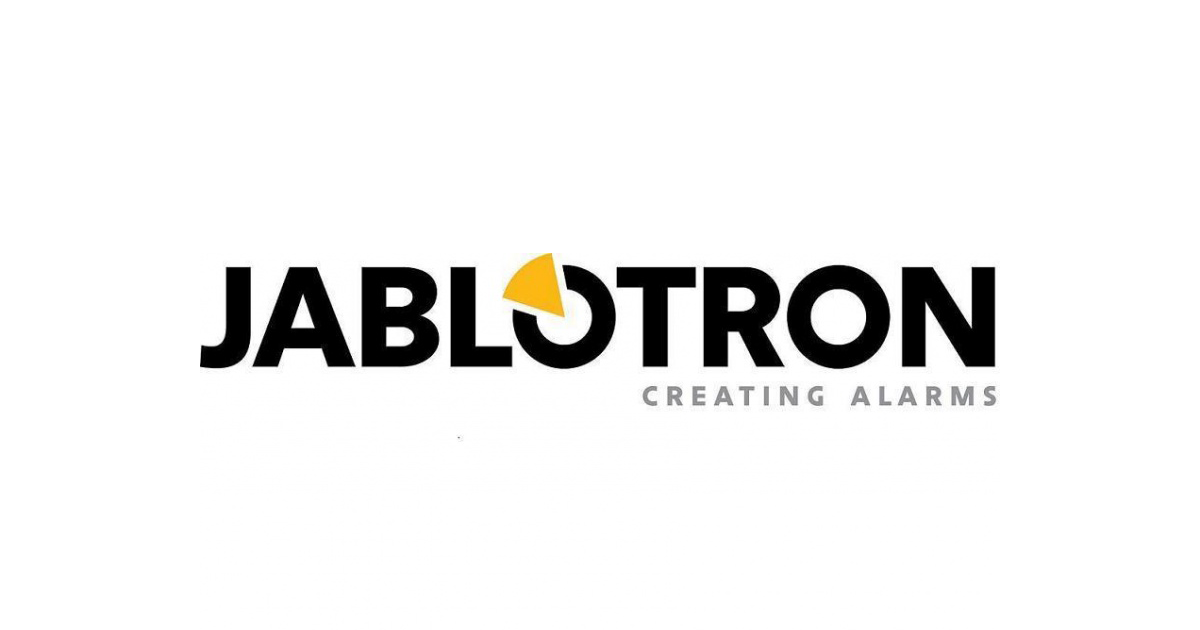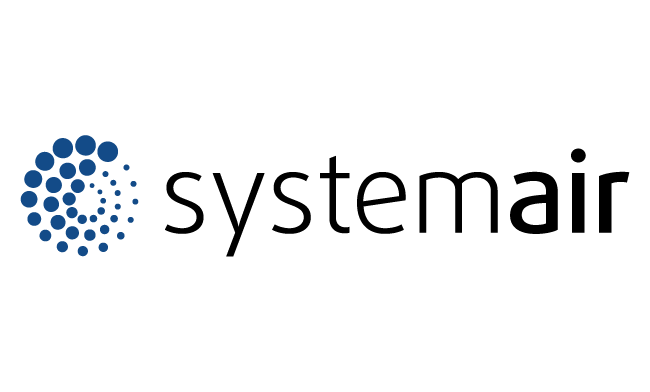Rotary or plate heat exchanger?
Many of our clients are faced with the choice of whether to buy a rotary or a more traditional plate heat exchanger for their home.
With this article, we will hopefully make it easier for you to decide which of them will be a better choice for your home and your wallet.
Differences between rotary and plate recuperators:

Advantages of the rotary exchanger:
- effective heat recovery even at low temperatures (down to -30°C)
- doesn't freeze
- effective recovery of cold in summer - reduction of air conditioning operation costs
- moisture transfer while maintaining an optimal indoor climate
- sophisticated design ensures minimal mixing of air currents
- no condensate drainage is necessary - easy installation of the unit
- it is not necessary to use preheating - there is no risk of freezing
- the possibility of choosing a sorption rotary heat exchanger with more efficient moisture transfer
Advantages of a countercurrent (plate) exchanger:
- thermal efficiency up to 92%
- there is no mixing of air currents
- sophisticated design ensures high efficiency and long service life
- the perfect solution for rooms with high humidity, it effectively eliminates humidity in cold seasons
- option to choose between condensation and enthalpy heat exchanger
- Eurovent, TÜV, VDI and RLT certification


Our general recommendations are usually:
Choose a rotary heat exchanger if you have a wooden building, it is problematic to ensure condensate drainage or you live in a cold area where preheating would be too expensive.
A plate heat exchanger is useful if you are dealing with the elimination of moisture, if you live in a brick or concrete house. Many units can be retrofitted with an enthalpy exchanger for the winter.
Rotary heat exchanger units: here
Units with enthalpy exchanger: here
More about recuperators in the article: Recuperator and efficiency of recuperation

